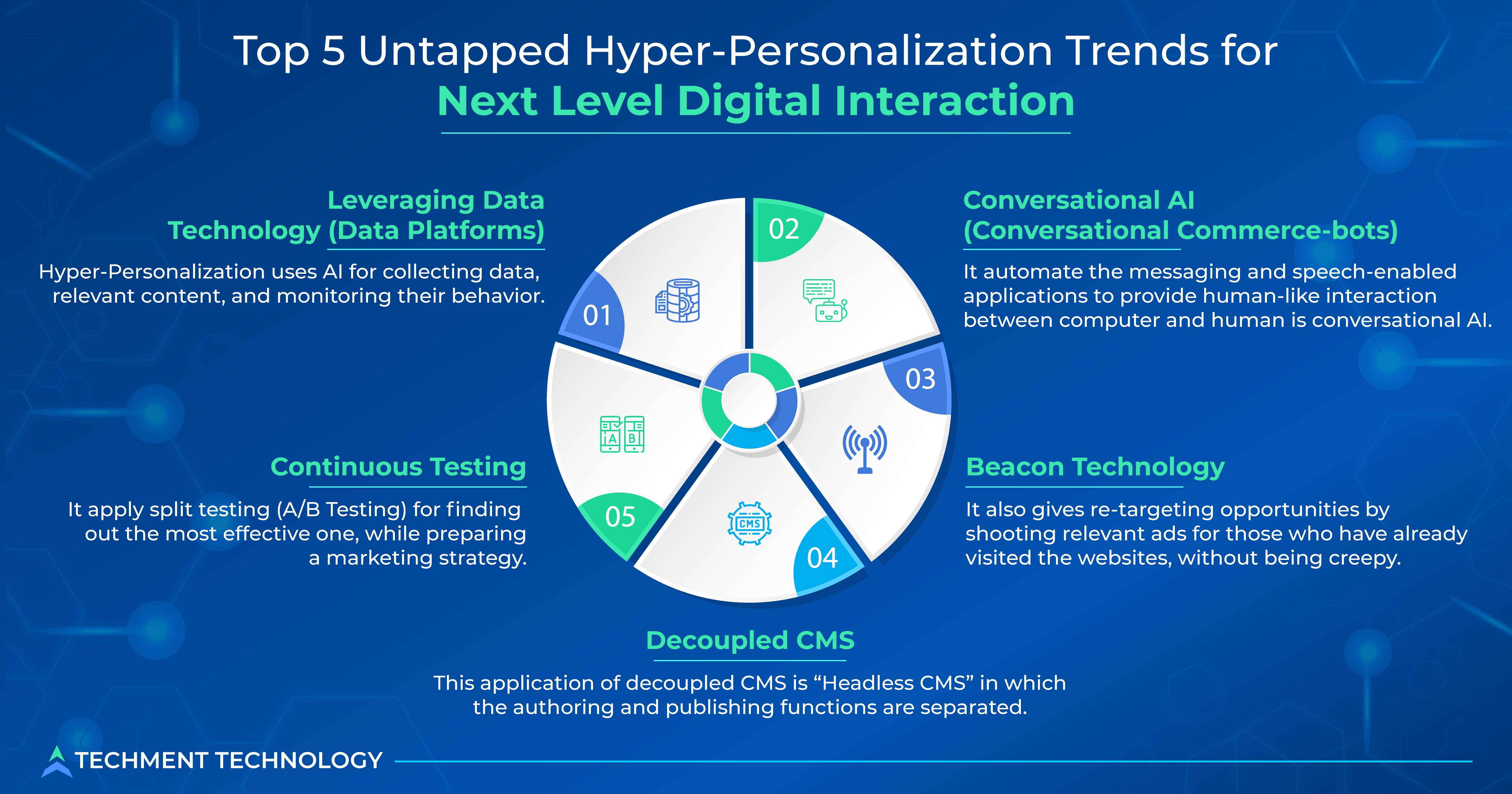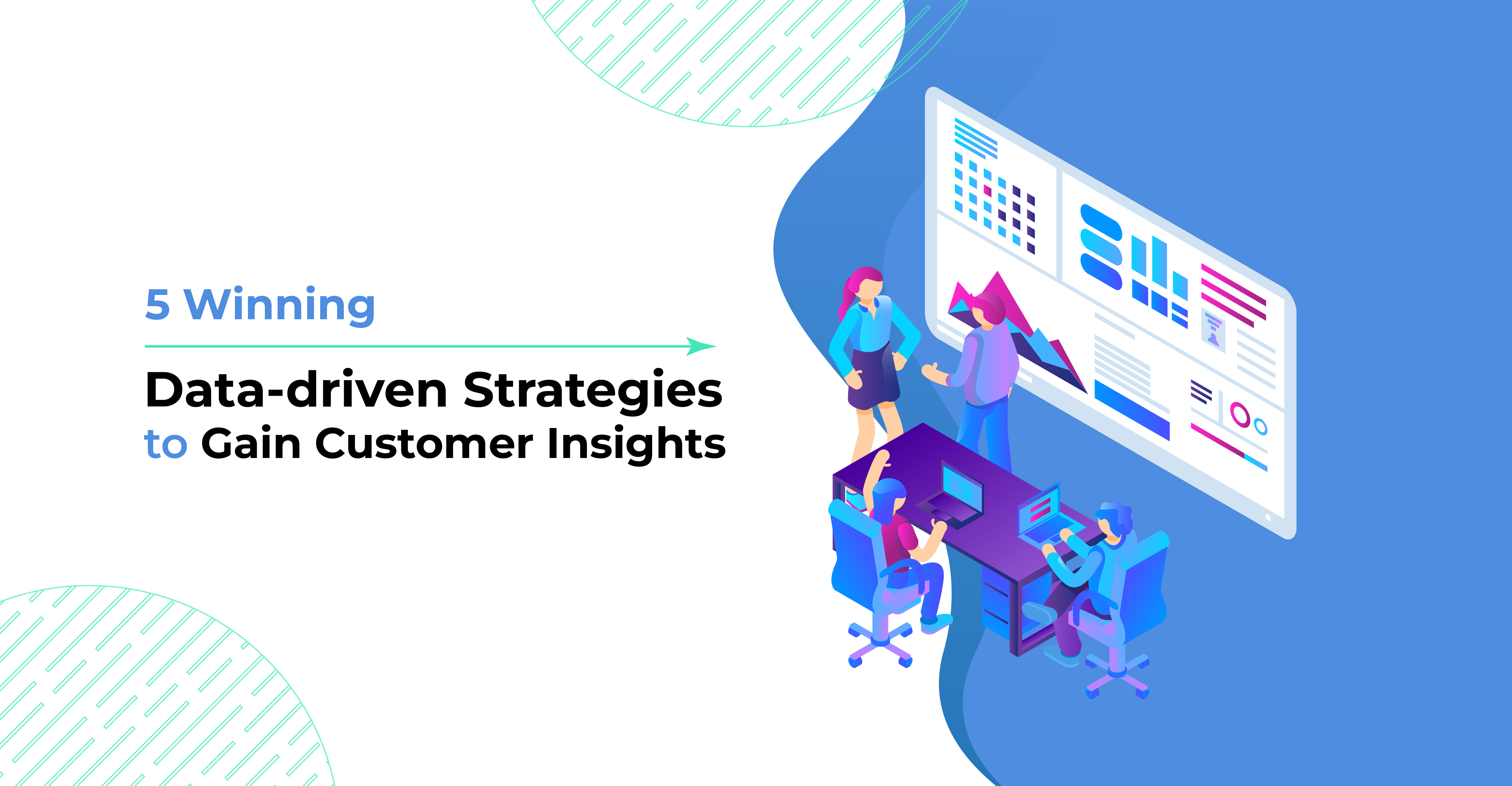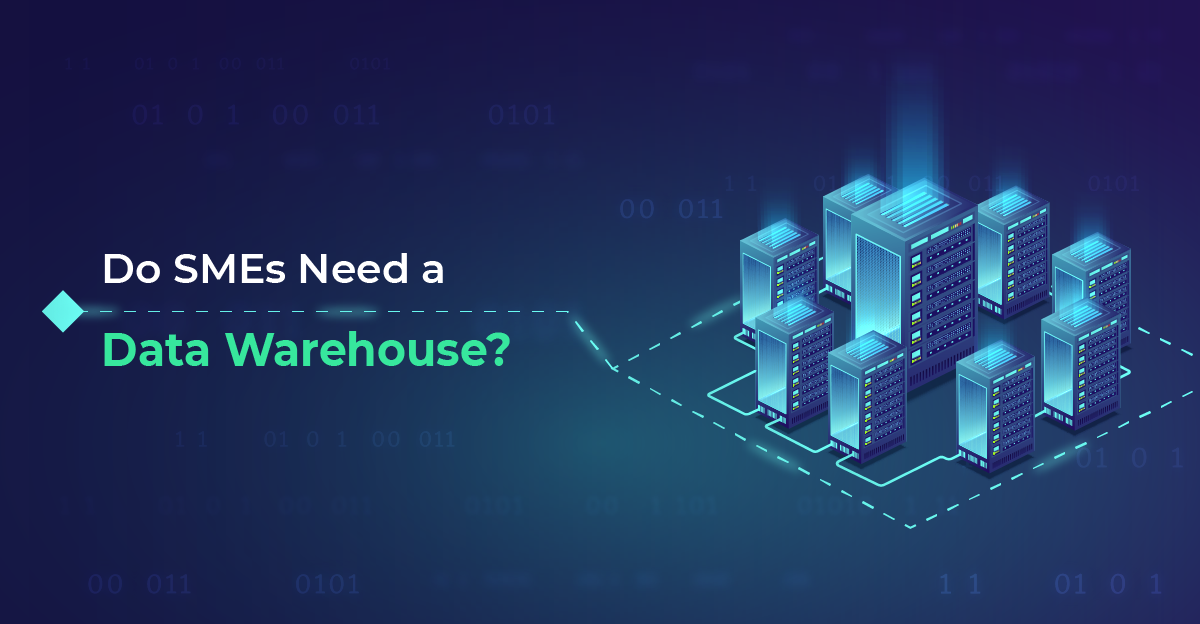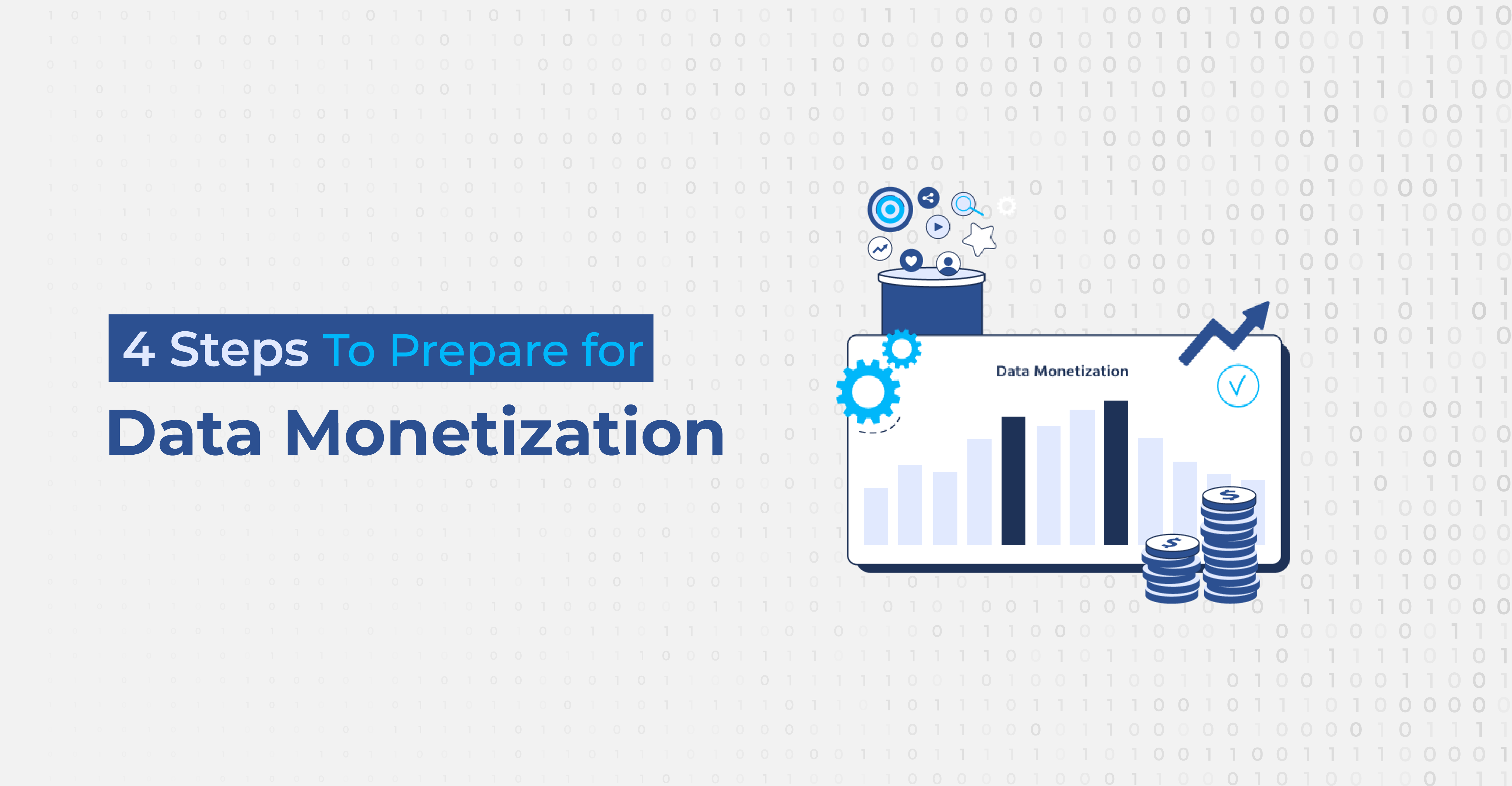Hyper-Personalization: Technological Advancement in Data Analytics taking Customer Experience to Next Level
Customer Experience is no more dependent on the brand and name, especially in B2B businesses as customers are relying more on user-generated content, reviews, and the face of marketing. To make the brand stand out, companies focus more on the best content creation and curation and publicizing the customized service they can provide to their customers.
Today’s marketplace is constantly changing, and organizations are adopting the power of analytics and AI to make the changes they need to survive and thrive. AI technology can be integrated into all customer interaction processes and create new levels of customer-centric information and actions (like omnichannel bots). Hyper-Personalization is all about data but sticking to excessive information of customers can harm the customer experience. Correct tactics and knowing a fine line between excessive use of personal data and correct use of data help companies to avoid poor personalization practices. Hence, sorted, relevant, and timely engagement of data is very significant in defining how companies use this strategy in enhancing customer experience.
According to a study conducted by McKinsey on 1000 North American consumers, 87% of respondents said that they would not engage with the company if it gave away sensitive data without permission. So how companies handle data becomes a point of differentiation and a source of competitive business advantage.
Amazon and Starbucks are using hyper-personalized messages for their customers based on their experience, activities, and past purchases, and its app interface is personalized for each individual user.
Top 5 Untapped Hyper-Personalization Trends for Next Level Digital Interaction
Hyper-Personalization captures real-time data and provides a seamless customer experience by acknowledging their pain points and offering the best solutions. The benefits provided by AI and data analytics in collecting real-time data propel the growth of hyper-personalization. The use of personalized messages and content marketing in vertical businesses like retail, media & entertainment, hospitality, e-commerce, etc. creates various opportunities for hyper-personalization. The following technologies will be good choices for improving hyper-personalization:

- Leveraging Data Technology (Data Platforms): Hyper-Personalization uses AI for collecting data, relevant content, and monitoring their behavior. The optimization of data is a necessary step for personalizing any product that runs up the resource capability for data analytics for effective campaigns. The technology tools and platforms are used to build custom products.
The DMP (Data Management Platforms) collects behavioral data from websites and then this data is organized into segments of different attributes to make them available in the first stage of customers’ journey i.e., landing page, websites, or apps.
CRM (Customer Relationship Management) & CDP (Customer Data Platforms) help to manage the customer profile in a central place where former to all the techniques, strategies, tools, and technologies to gather data for analysis and create a large customer base whereas later is extended for of it that pulls data from multiple resources, clean it and combine to form customer profile.
MO (Marketing Orchestration) is another platform becoming popular and comes under the umbrella of digital experience. This utilizes the AI functions to determine the next best action to be taken by the customer by studying the behavior or browsing habits and history. - Conversational AI (Conversational Commerce-bots): The set of all technologies that automate the messaging and speech-enabled applications to provide human-like interaction between computer and human is conversational AI. Conversational AI components include ASR (Automated Speech Recognition) for Listening, NLU (Natural Language Understanding) for Comprehension, DM (Dialogue Management) for forming Responses, and NLG (Natural Language Generation) for offering responses. These components of ML and Deep Neural Network implement corrections and learn from experiences to deliver a better response in future interactions. Insider Intelligence estimates that up to 73% of healthcare admin tasks could be automated by AI, and the adoption of chatbots could save the healthcare, banking, and retail sectors $11 billion annually by 2023.
Hubspot Live Chat is a tool that is fully integrated with a chatbot builder to deliver automated responses for online visitors. This built chatbot can be used in websites or Facebook messenger. - Beacon Technology: A simple low-energy Bluetooth device that sends information to other devices through transmitters. A beacon-related retail app collects data on customers’ visits to the store. The technology orients mobile applications on the micro-level scale and pushes the hyper-contextual content to customers’ smartphones. Beacons are a part of an IoT network that also consists of an SDK, a back-end management tool, and a beacon device (connecting device i.e., Bluetooth).
It also gives re-targeting opportunities by shooting relevant ads for those who have already visited the websites, without being creepy. - Continuous Testing: The important hack for B2B growth is email marketing which companies use as a personalization technique. While focusing on demographics companies must also apply split testing (A/B Testing) for finding out the most effective one, while preparing a marketing strategy. Especially about email marketing, they must find out what combination of headlines, images, subject line, etc. works best for them.
Based on the result they can determine whether they need to stick to the same strategy or need to switch. - Decoupled CMS: In decoupled CMS, the front-end and back-end systems are not built into the same system and changes can be made in the formatting and programming layer without affecting the content of the site, unlike legacy CMS where both the front-end and back-end are coupled.
One such application of decoupled CMS is “Headless CMS” in which the authoring and publishing functions are separated. Often interchangeably used, both decoupled CMS and headless CMS are slightly different. Unlike the former, the latter does not have a front-end system or presentation environment and it is an API-first which means content management is integrated via API. This separation allows publishing content to any various channels i.e., smartphones, websites, or a phone that are connected to IoT.
Benefits of Hyper-Personalization in B2B
B2C is already a step ahead in terms of personalization tactics and now is the time that B2B businesses can leverage the advantage by incorporating the right technology and with the correct organizational structure. AI and ML have made the task easier not only in terms of data collection and organization but also reduces the time required to make strategy and help in lead generation as well.
- Foresee User Action: By making use of AI algorithms, the best upcoming action or customer decision is easily predictable. Through purchase history and other statistics, it can be determined what next they would be buying and increases the customer value.
- Build Brand Value: The correct level of personalization you provide to your customer, the more brand value you build. Addressing their pain points at the correct time and offering them a solution makes them believe that it’s the perfect brand they have chosen.
- Connects with Users at Every Stage: Comparing such a huge amount of data helps companies to access these data at different stages differently. This determines how prospects would engage with them at different nodes and how they would react. Since the type of customer varies at different stages, it provides different insights.
- Remarketing: The concept of remarketing is actually built around the fact that customers don’t buy on their first visit to the website. Remarketing is done based on the customers’ action i.e., what they do before closing the window. So judging what kind of actions they take, marketers can change the set of communication they take at different stages.
Hyper-Personalization involves analyzing customer data and behavior and showing potential customers that you care for them personally and recognize their unique needs and pain points. Doing this, the possibility of getting better audience engagement and higher conversion rates.
Technological Leap towards Hyper-Personalization is Imperative
Hyper-Personalization can lead to much better business results through higher conversions, positive increase in online purchases, and most importantly, higher levels of brand engagement and retention. Using the correct technical tools will unleash the maximum potential of hyper-personalization. It is better to start with a good framework that will allow you to customize your online feeds and website content.
Top marketers are developing systems that can group and analyze structured and unstructured data, algorithms that can identify customer behavior patterns and trends, and analytics for feeding this information into a convenient dashboard. Centralized Customer Data (CDP) for combining private and paid data across channels is essential to these efforts. Machine Learning Automation can cleanse internal and external data, connect a customer to devices, cookies, and ad networks, and enable real-time campaigns to be executed on touchpoints and systems.
To make this technological leap forward, marketing and IT must come together and must update the marketing technology roadmap, develop use cases, monitor the effectiveness, and compile a powerful library of standards and lessons learned. Engineering correct technology provides the company with the capabilities they need, capable of keeping pace with the expansion of personalized experiences.
 All Posts
All Posts


